
 Your Mission…
Your Mission…
Located along the lower Deschutes River, this park offers great views of the river and Capitol Lake. In fall, if your are lucky, you may also see returning Chinook salmon! Locate a stand of tall plants that resemble cat’s tails and take a photo of the cattail plant and send it to us!
Did you know? These plants help purify water!
Cattails provide a number of benefits, including helping to filter out pollution. Find out what kind of pollution enters our watersheds, and learn what the word “watershed” means.
The approximately, 50 mile Deschutes River’s headwater source is in the higher elevations in Lewis County. From there it flows through Thurston County into downtown Olympia and empties into Budd Inlet of Puget Sound.
What is a watershed? A watershed is all the land from ridge to ridge (imagine the shape of a valley) that drains to the same place like a river, lake, or bay. The Deschutes River watershed starts in north Lewis County where tributary streams run through forests and farmland. Rain water contributes to its flows by filling the underground aquifers, feeding the stream during summer. When the ground is saturated from rain, the rainwater will flow over the lands surface. As rainwater flows over the surrounding land, it picks up pollutants along the way depositing them into the tributaries, the main river and finally into Puget Sound.
Did you know? Sediment or fine dirt is considered a pollutant! In managed forests, sediment enters the streams from 100’s of miles of dirt roads causing muddy streams that are harmful to hatching salmon eggs.
Rainwater from farmlands also carry pollutants such as pesticides, fertilizer, and manure to streams. In the urban areas, when it rains, rainwater runs off roads into storm drains. We call this stormwater. Stormwater can have many types of pollutants that it collects like trash, pesticides, fertilizers, farm and pet waste, and toxic chemicals from cars, such as heavy metals, petroleum products, copper from brakes and chemicals from tires. All of this “chemical soup” ends up in the Deschutes River as it flows through Capitol Lake into Budd Inlet in Puget Sound.
![]()

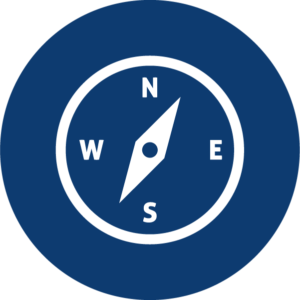 Lakeside Walkway
Lakeside Walkway
Visit the shoreline of the Deschutes River. See if you can detect where the river current meets Capitol Lake. Just to the right of your view and out of sight, the Deschutes River tumbles over the last fall into Capitol Lake. From here you can see how fast the river is flowing.
From the parking lot, walk east toward the lake and the wide, paved pathway. Start at the right (south) end of the pathway near the picnic table to access the river.
Historically, the tidally influenced estuary of Capitol Lake was a prime resource for salmon fishing, shell-fishing and trading among Native American tribes. In 1951, the 5th Ave. dam was completed to create Capitol Lake. Before the dam, the Deschutes River naturally flowed from lower Tumwater Falls directly into Puget Sound. Its large estuary was a series of tidal mudflats during low tide.

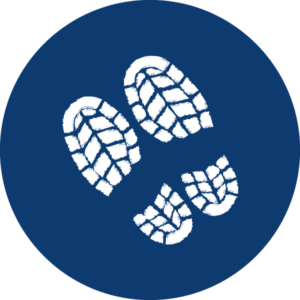 Trail to the Lake
Trail to the Lake
Follow the path north down the walkway towards the lake. Do you see any large birds? What are they? Canadian geese! Watch out for goose poop!
Often large flocks of Canada geese migrate through our parks to nest and feed on the lush grass. Please do not feed the ducks and geese. Birds like ducks and geese eat grasses and seeds from grains but before they are cooked into bread. Bread is harmful to waterfowl as it is not easily digested and feeding the geese keeps them in the park longer instead of moving on to forage for their own natural food sources.
Geese take advantage of our manmade areas. As flocks increase, so does their waste (poop). Animal waste (poop) contains bacteria that affects water quality. This bacteria can be ingested by shellfish such as clams, mussels, and oysters, causing illness in humans who harvest and eat shellfish. The same is true for dog waste left in parks.
Please pick up after your pet. Every dog, every poo and dispose of in the trash.

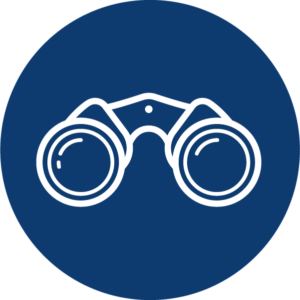 Boat Launch
Boat Launch
Can you find the boat launch that leads to the lake? This is a good place to look for dragonflies and damselflies during summer.
Also, see if you can find the sign that talks about New Zealand mud snails.
Why are these snails harmful to the environment? This snail is not native to Washington but from New Zealand as their name states. They are an invasive species meaning they can quickly spread, invading into an area causing harm to the natural habitat used by fish and wildlife species. It is thought that the snails in Capitol Lake came from an infestation carried by boats from the Columbia River or on someone’s fishing boots.
This tiny, but notoriously fast-reproducing snail can outcompete native species as well as clog all kinds of pipes and other infrastructure. Its larvae can be transported from one water body to another on the bottoms of boats, boots, and fishing gear. Capitol Lake has been closed to boating and fishing since 2009 to prevent the spread of this invasive species.
When leaving any stream or lake, always clean your boats, boots and gear. Mud snails can easily be controlled by freezing, so make room in your freezer and freeze boots for at least 8 hours to kill any hitch hikers, so you don’t track them to other waterbodies. To learn more, visit https://wdfw.wa.gov/species-habitats/invasive/prevention.
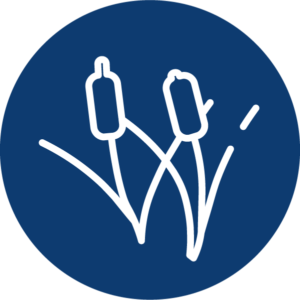 Cattail Benefits
Cattail Benefits
The amazing cattail! Can you find and identify a plant that looks like it has a cats tail on its tall stock? This cattail stand benefits wildlife by providing habitat for nesting, feeding, and hiding. Can you find a bird with red on its wing? Red-winged blackbirds build their nests among the tall stalks. Dragonflies lay their eggs on cattail stems at the waterline and birds like bittern and rails can camouflage themselves and their nests among the cattails.
Did you know? Cattails purify water.
Cattails protect shorelines from erosion, and they help stop pollution by trapping sediment that could flow downstream and cover salmon spawning areas. Cattails also help purify water. Cattails have microorganisms and fungi on their roots which breaks down organic materials like fertilizers and animal waste and absorbs harmful chemicals. For these reasons, cattails greatly enhance our watersheds, from beginning to end!
Learn more about the cattails’ ability to fight water pollution!

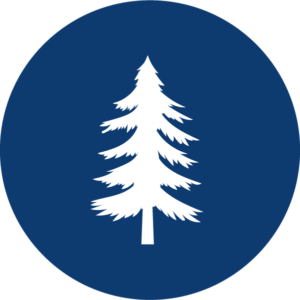 Walk to Viewing Platform
Walk to Viewing Platform
Walk a little farther along the lake to see the middle basin by following the paved trail that goes under the I-5 bridge. Around the corner is a viewing platform where people often see bald eagles flying around the large Douglas fir trees across the lake.
As you gaze out on the lake, imagine what it would have been like before 1951. In 1950 you would have been looking at the salt water of Puget Sound at high tide or at a mud flat with the Deschutes River flowing through it at low tide. Imagine where the River has been, starting from small streams miles away in the upper Deschutes valley. Think about all the pollution it has picked up along the way and what we could all do to prevent pollution in the Deschutes River Watershed.
Here are some ideas:
- Fence farm animals away from streams and build manure sheds to keep rain off of composting manure.
- For both rural and urban residents: Avoid or reduce pesticide use. If you must use it, follow directions carefully and never use during rainy or windy weather.
- Take your car to a commercial car wash that recycles water. Or use natural detergents and wash your car on the lawn. Prevent dirty soapy water from going into storm drains.
- Fix car leaks!
- Bike, bus, or walk more often to reduce pollution from our cars.
- Practice natural yard care!
- Keep dirt out of storm drains; use siltation fences to stop erosion from construction projects.
- Use a broom, not a hose, to clean your driveway.
- Always pick up your dog’s poop! And don’t feed the geese!
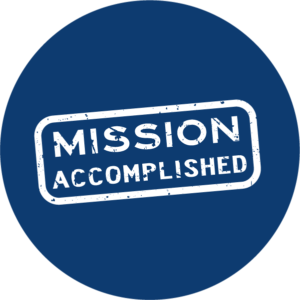 Congratulations!
Congratulations!
You have completed your mission to locate a stand of cattails (plants). Log into the GooseChase App and send in your photo! Once your photo has been submitted, a park specific sticker will be sent to you!
This is the end of today’s walk, but you could, of course, keep going and walk all around Capitol Lake from here on another day. To get back to your car, turn around go back the same way you came!
